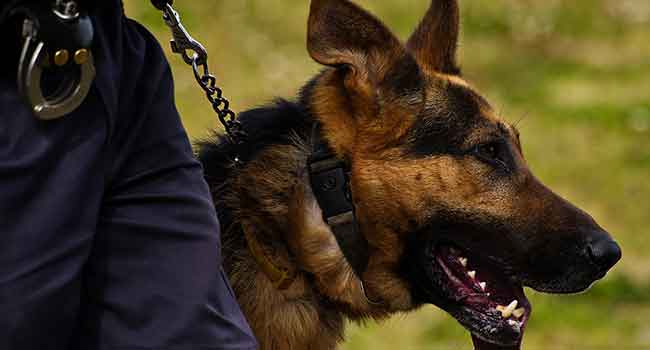
Ohio Hospital Adds Drug-Sniffing Dog to Security Staff
A drug-sniffing dog will begin working at Riverside Methodist Hospital on July 1.
- By Jessica Davis
- June 27, 2019
Riverside Methodist Hospital is adding a drug-sniffing dog as part of its security detail. The dog, Rudy, comes from Holland and his training and employment will cost the hospital $65,000.
"When people see a dog around they'll know if I do have an illicit drug on me this is not a place where I'm going to take it," said Anthony Bando, Director of Protective Services for Ohio Health.
Rudy has been training with Officer James Kee, who will be his handler. The training for his July 1 start date has involved Rudy learning to be around crowds of people and adjusting to the noises of a hospital.
According to Kee, Rudy’s nose sets him apart, as he’s trained to find a wide variety of illicit drugs: "Crack cocaine, meth, heroin, hashish, ecstasy, marijuana, and most of the derivatives from that.”
Kee said Rudy is able to smell drugs from 100 yards away.
"He doesn't hesitate he's really good at what he does," Kee said.
Rudy continues to adjust to the number of people and new sounds of a hospital, but Kee said he is ready to get to work.
The hospital hopes that the presence of a drug-sniffing dog will deter people from trying to bring illegal drugs into the facility. However, the hospital also hopes that Rudy will brighten people’s mood.
According to the hospital, even though medical marijuana is legal in Ohio, patients will not be able to bring it inside the hospital if Rudy sniffs it out.
About the Author
Jessica Davis is the Associate Content Editor for 1105 Media.